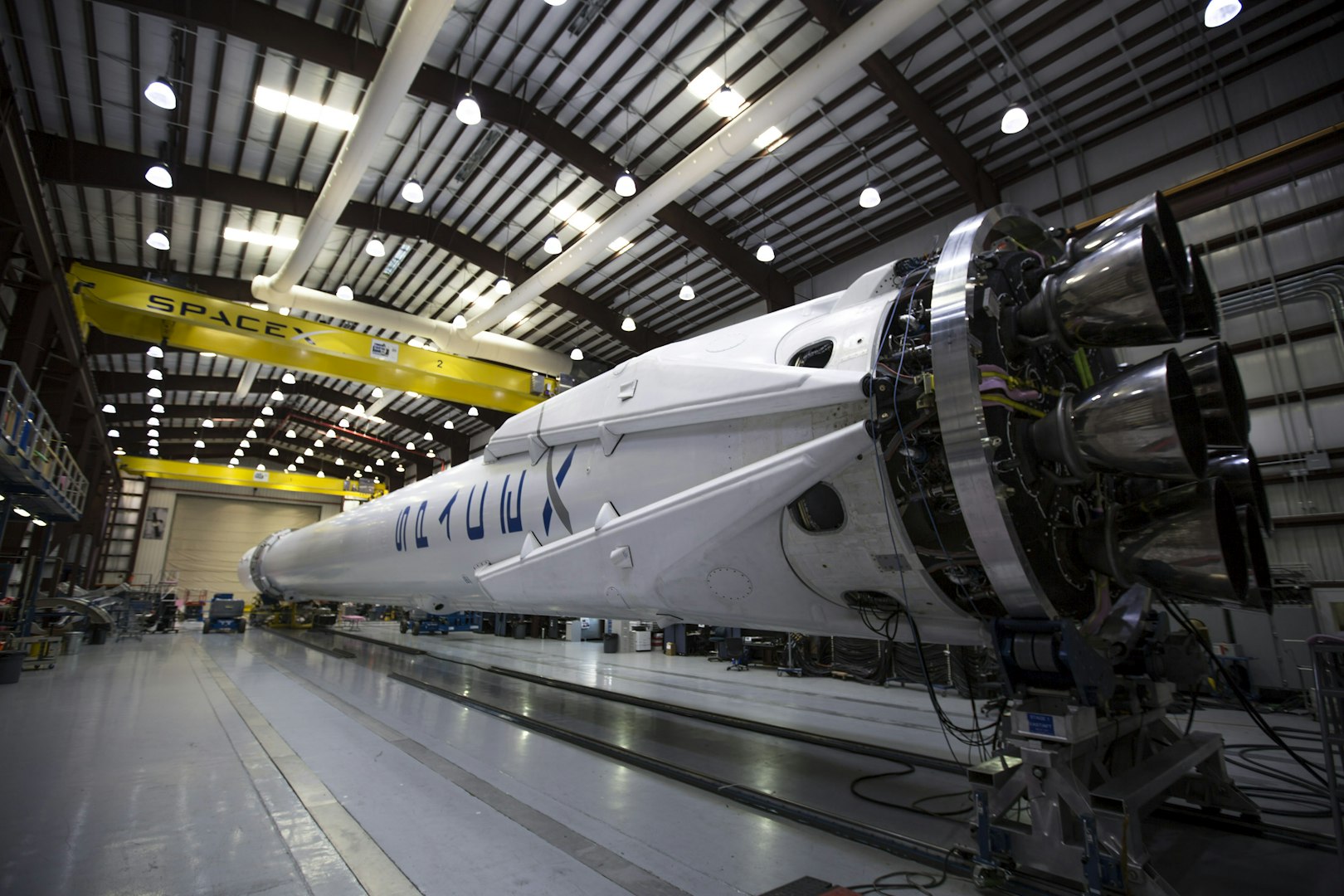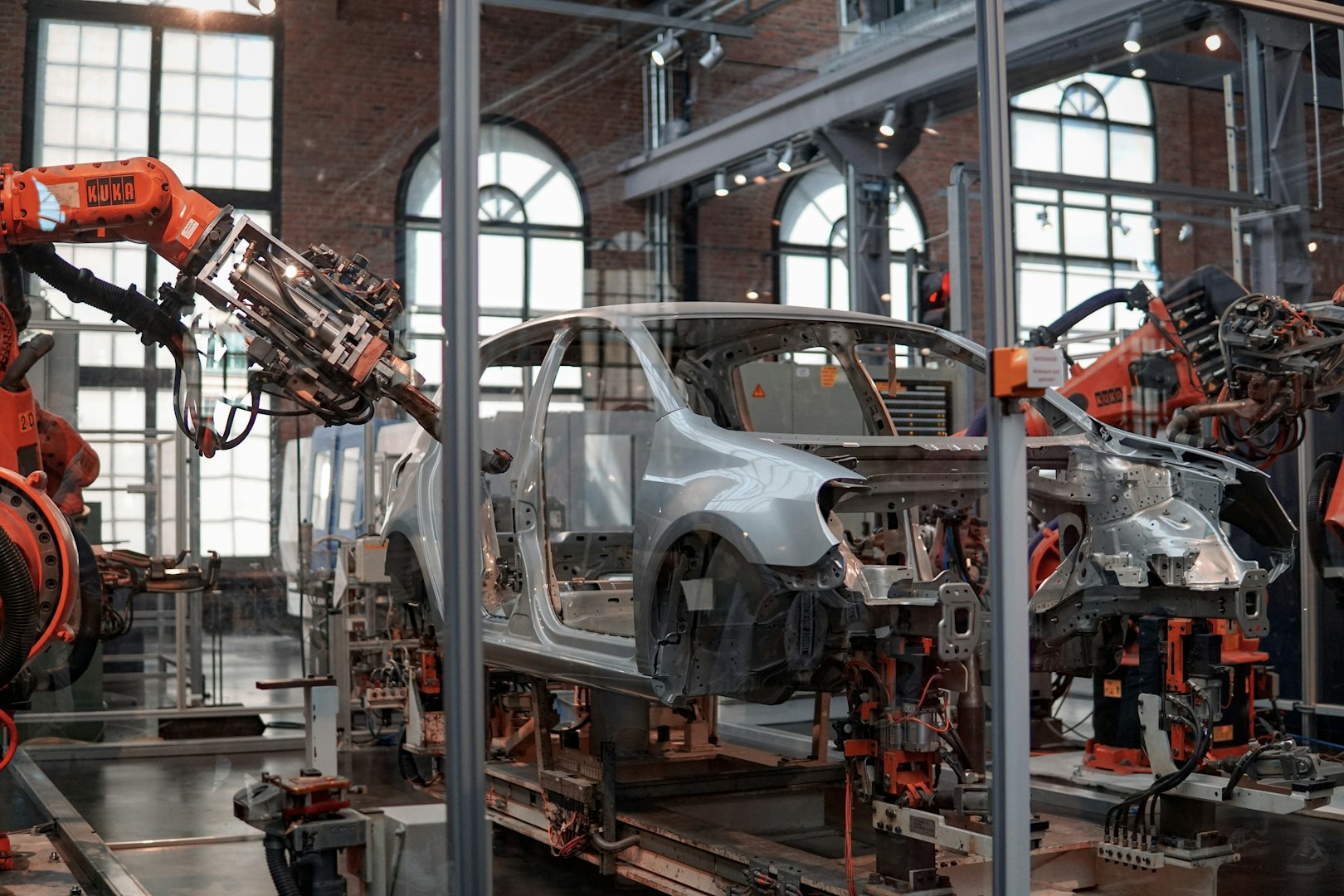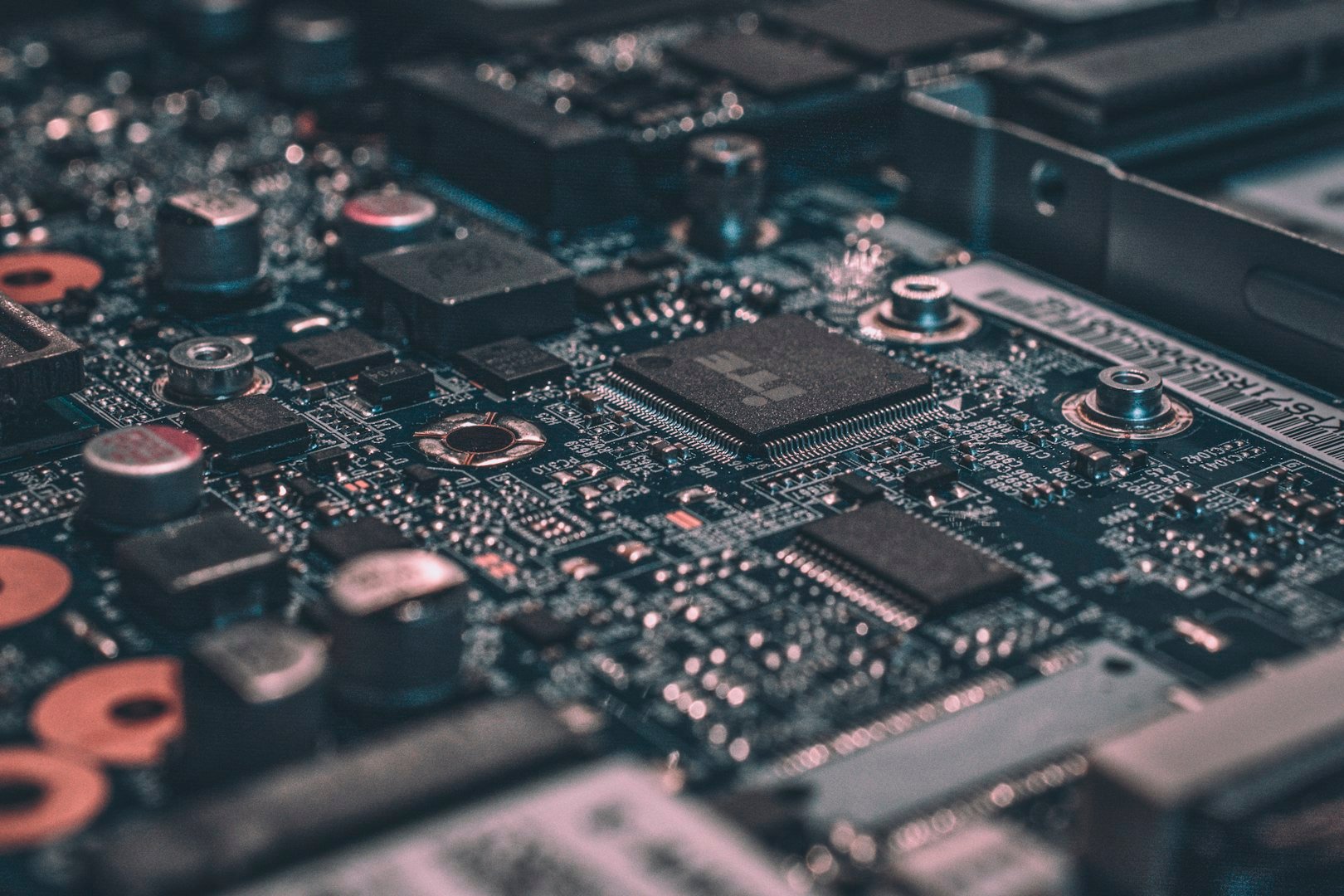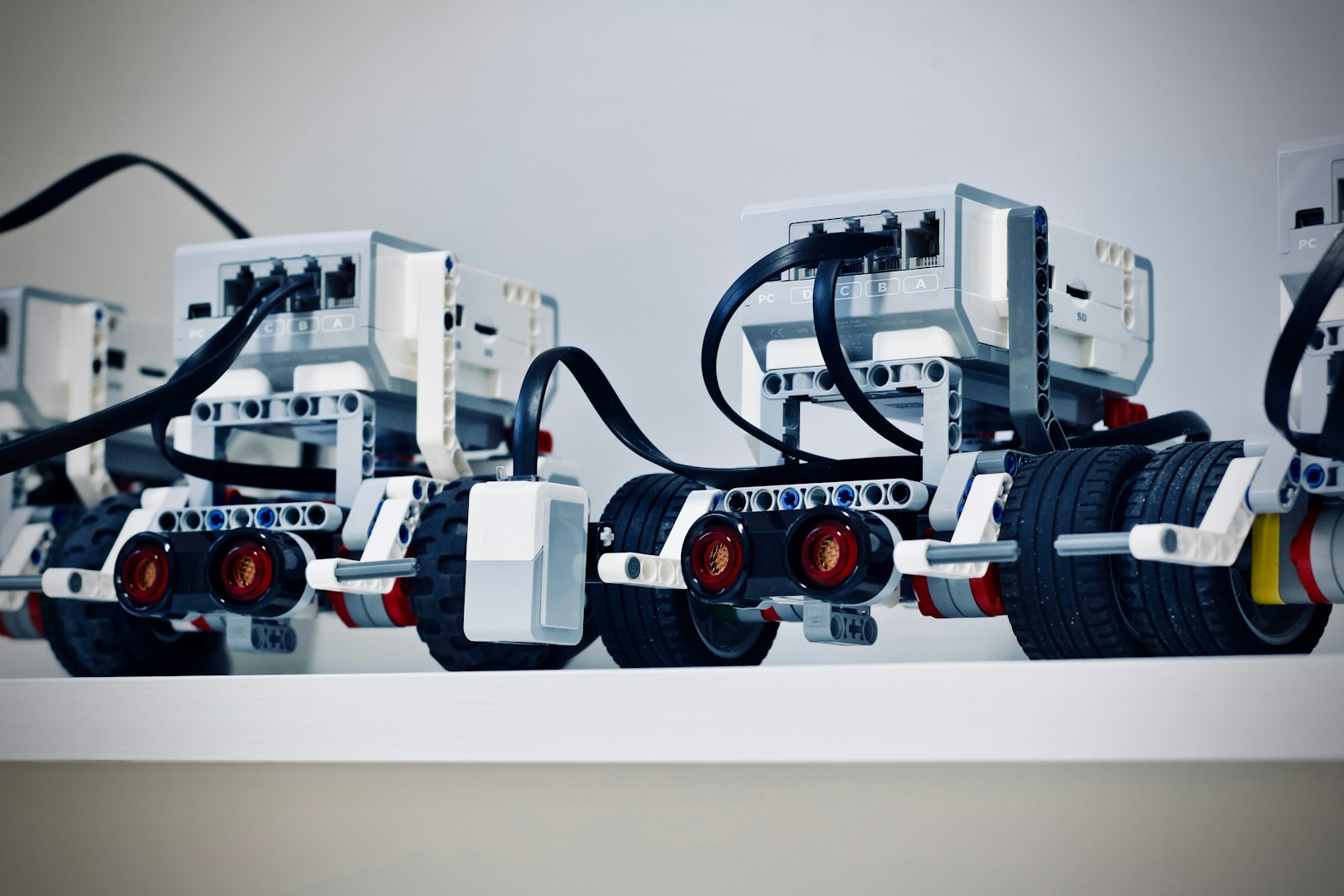
Smart Workforce
Empowering Innovation, Enhancing Efficiency
At PVM Innvensys, we leverage the capabilities of Smart Workforce technologies to revolutionize the operations of businesses. Our innovative solutions aim to optimize processes, promote teamwork, and boost productivity. With an emphasis on ongoing learning and adaptability, we are dedicated to steering organizations towards a smarter, more flexible future. Uncover the possibilities of a connected workforce with PVM Innvensys, where advanced technology integrates seamlessly with human skill. Delve into our solutions and begin your path to a smart factory.
Smart workforce technologies are transforming how businesses function by utilizing advanced data applications and AI to enhance workforce planning and management. These innovations facilitate dynamic scheduling, foster collaboration, and elevate the overall employee experience in both in-person and remote workplaces. With features such as AI-driven schedule optimization, occupancy sensors, and intelligent meeting room solutions, organizations can realize improved efficiency and adaptability, responding quickly to shifts in the market and operational demands.
Smart work focuses on strategic thinking and the efficient allocation of resources, skills, and time to achieve the best possible outcomes!


Automotive

Bio Technology

Electronics

Food and Beverage

Medical

Railway Safety

Robotics

